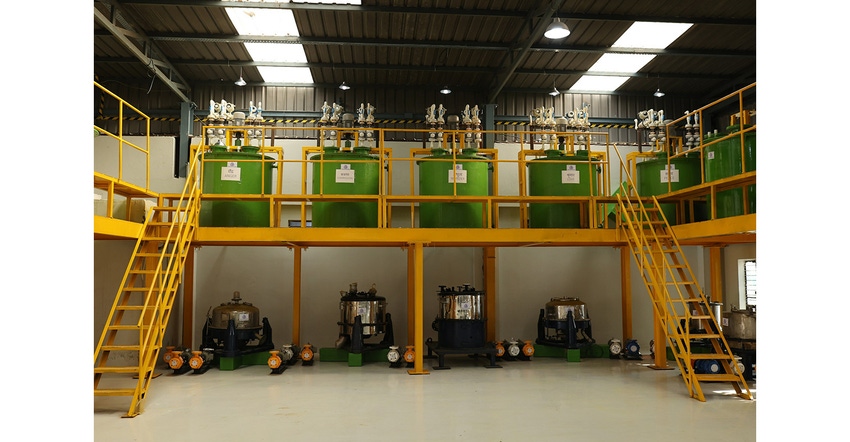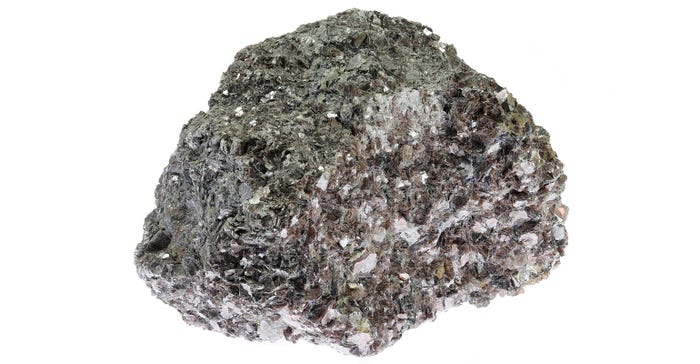NREL and ACE Paving the Way for LFP Battery Recycling
Explore the future of LFP battery recycling and graphite upcycling with ACE Green and NREL's groundbreaking collaboration.

Lithium-iron phosphate (LFP) batteries have become a key player in the energy storage industry. With their high thermal stability, long cycle life, and cost-effectiveness, they are in high demand, particularly in electric vehicles (EVs) and grid applications.
According to ACE Green Recycling, the volume of LFP batteries for EVs is primed to grow significantly in coming years, with major automobile manufacturers like Tesla and Ford switching to LFP batteries from nickel and cobalt-based batteries due to their lower cost. However, as the use of LFP batteries surges, so does the challenge of recycling them effectively and profitably.
Challenges of recycling lithium and graphite
Inside each battery cell, lithium ions travel through an electrolyte that separates a graphite anode from a cathode composed of a metal oxide. Batteries are commonly categorized by the specific metals employed in the cathode, and they can be broadly classified into three main types: nickel-cobalt-aluminum, iron-phosphate, and nickel-manganese-cobalt.
Lithium is pivotal in EVs, portable electronics, and renewable energy storage systems. But lithium extraction from batteries, including LFP batteries, is not straightforward. The methods required to extract lithium are energy-intensive, which can substantially increase recycling costs. Consequently, the economics of recycling LFP batteries can be less favorable than other lithium-ion battery chemistries.

Graphite, on the other hand, is a valuable component used in the anodes of lithium-ion batteries. Its quality is critical in maintaining battery performance, but the challenge arises in recycling and upcycling this material to meet stringent battery-grade standards. Impurities in recycled graphite can pose difficulties in achieving the purity of product requirements, making it less attractive for commercial applications.
Due to their lucrative market prices, recyclers mainly focus on recovering high-value metals found in cathodes, notably cobalt, and nickel. In contrast, recycling lithium and graphite is frequently considered financially unviable due to their relatively lower market value. However, the challenge lies in these valuable metals being present in such small quantities within the battery, which makes their retrieval and reuse challenging. To address these challenges, ACE Green Recycling has developed a proprietary recycling technology designed to tackle LFP battery recycling. They have successfully implemented this technology on a bench scale and are undergoing commercial scale-up.
ACE and NREL partnership
To transform LFP battery recycling and enhance the process of upcycling graphite, ACE has sought the collaboration and expertise of the US Department of Energy's National Renewable Energy Laboratory (NREL). Both parties have signed a Cooperative Research and Development Agreement (CRADA) to further develop and optimize ACE's environment-friendly and low-cost lithium-ion battery recycling technology for graphite, LFP, and other cathode active materials. The primary research and development activities will be carried out at NREL's facility in Colorado.
“Current hydrometallurgical recycling methods focus on extracting high-value materials from LFP batteries, such as lithium and copper,” stated Andrew Colclasure, NREL. “To encourage a more holistic approach to recycling, we must demonstrate efficient processes that also recycle low-value materials such as graphite and iron-phosphate into commercially viable products. We look forward to working alongside our industry partners to advance low-cost recycling technologies to make the process more economical and environmentally friendly.”
According to ACE, the prospect of upcycling graphite to battery-grade quality could significantly reduce the United States' reliance on foreign supply chains, particularly for the more than 60,000 metric tons of graphite electrodes it currently imports. In addition to enhancing energy security, this endeavor aligns with broader initiatives like the Inflation Reduction Act (IRA), which seeks to localize the supply chain of critical materials within the United States.
By targeting the recycling of LFP batteries and the upcycling of graphite, this partnership promises a more sustainable and cost-effective approach to battery recycling. It underlines the commitment of these organizations to advance technology, promote sustainability, and secure a greener energy future for the United States and beyond.
About the Author(s)
You May Also Like





